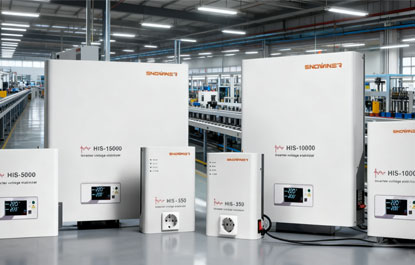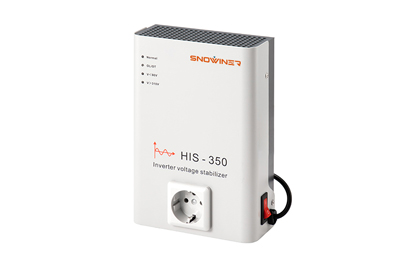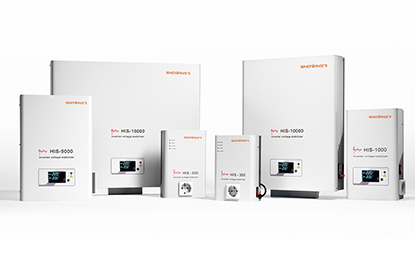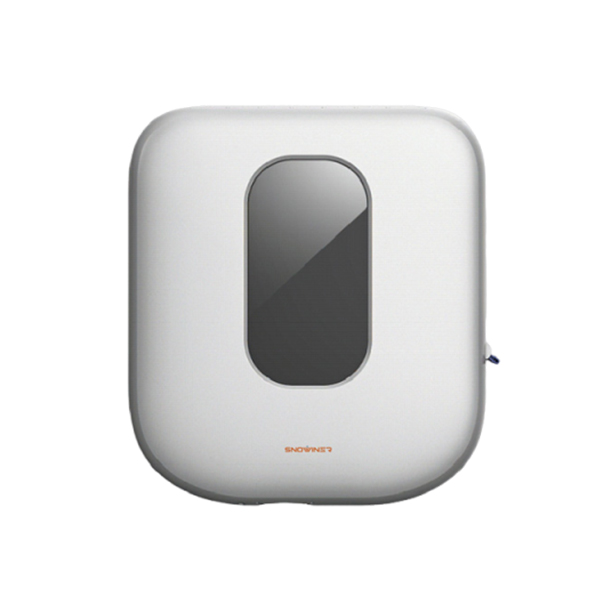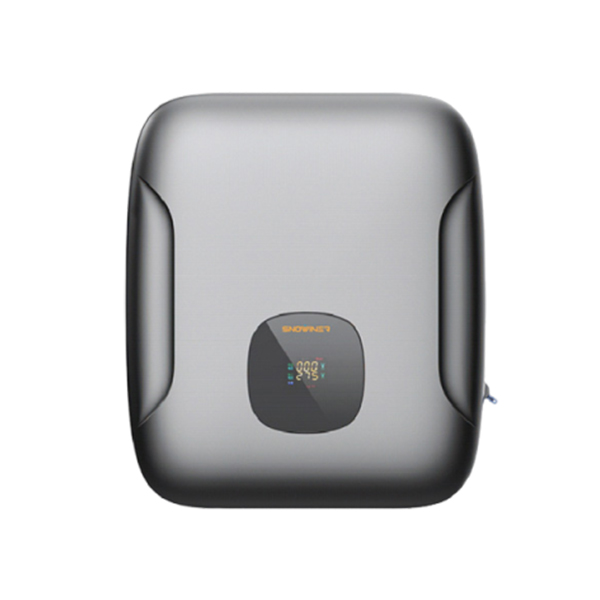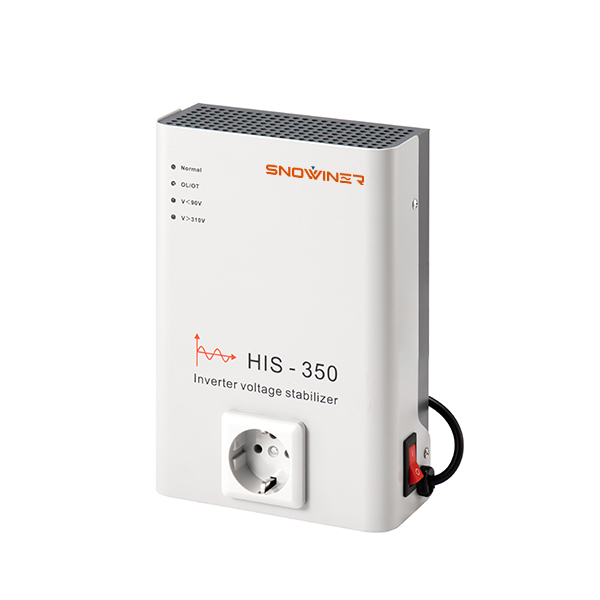What’s the inverter stabilizer?
An inverter regulator is a new type of voltage regulator, not an inverter. It uses dual energy conversion of rectifier and inverter (IGBT) to achieve voltage regulation, which is different from traditional voltage regulators, which usually only use a single energy conversion method.

How does an inverter regulator work?
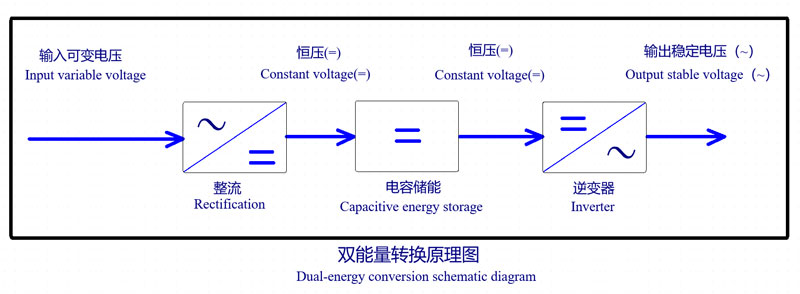
First, the voltage entering the stabilizer is rectified and then becomes a variable voltage with a given value and an ideal sinusoidal waveform.
The rectifier performs the first energy conversion. It converts the input AC voltage into an intermediate DC voltage, which enters the capacitor's intermediate energy storage and then into the inverter. The capacitor (intermediate energy storage) accumulates the charge, ensuring the continuity of voltage stabilization and delayed response to network fluctuations, even during sudden voltage surges.
The inverter produces the second energy conversion. It converts the intermediate DC voltage back into AC voltage but with the necessary technical parameters.
Dual energy conversion technology gives the inverter model the following advantages:
• Instant response to voltage surges and voltage dips - within 0 milliseconds.
• Extended voltage regulation range up to 90-310 V.
• Continuous supply of high-quality voltage with a perfect sine wave (within 1% of the nominal value) to the connected appliances.
• Prevention of load disconnection during short network interruptions (up to 200 milliseconds).
In addition, the devices are equipped with many protective devices, including electronic ones, which reliably protect the device itself and the connected loads from various problems that may occur in the power grid, including short circuits or zero breaks.
In summary, SNOWINER's inverter stabilizers cover the highest technical standards of today's stabilizers.




